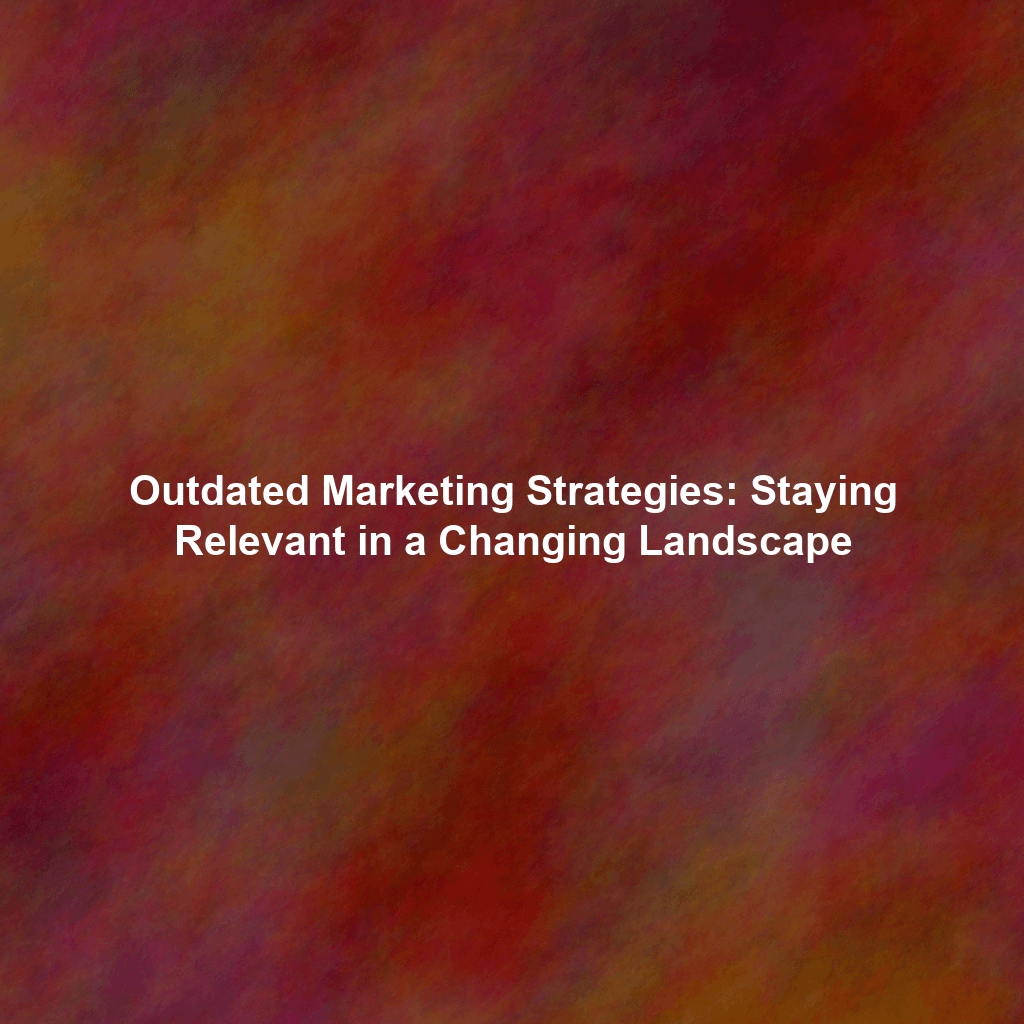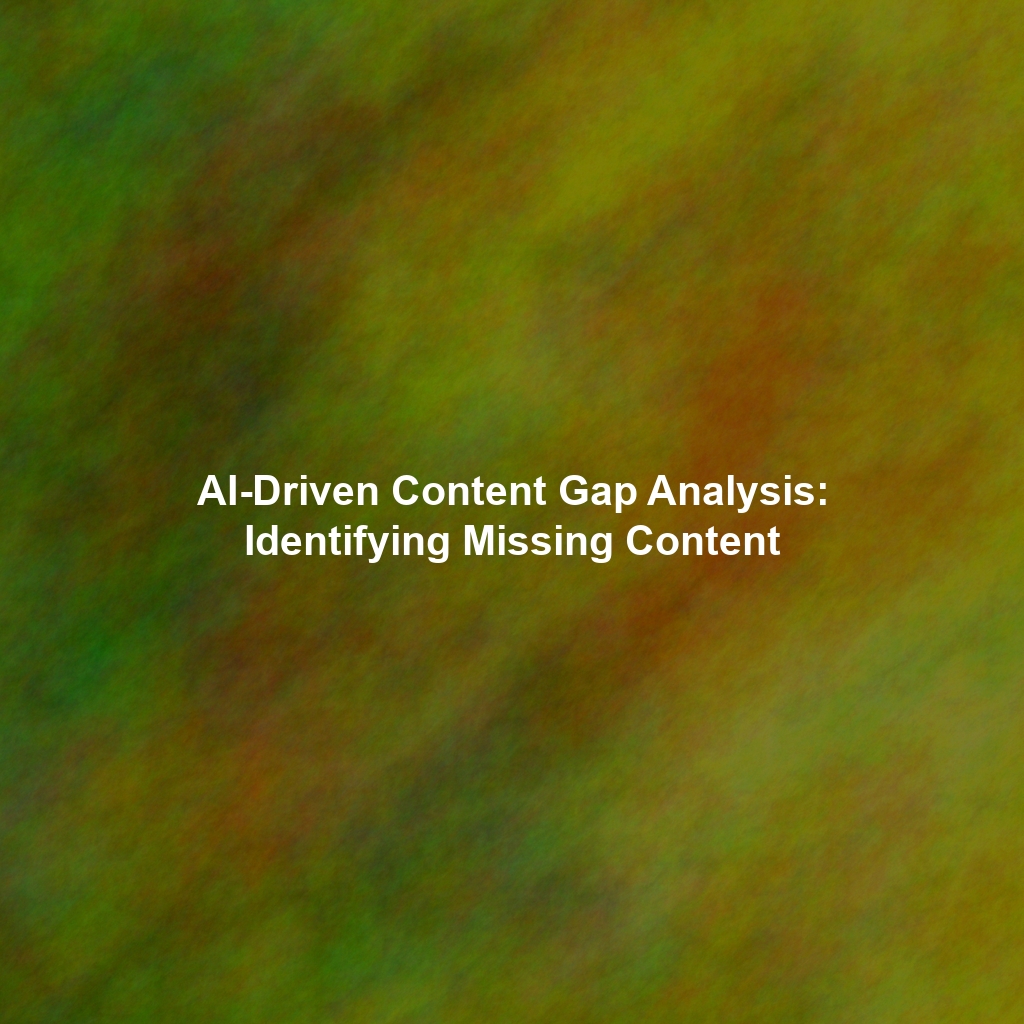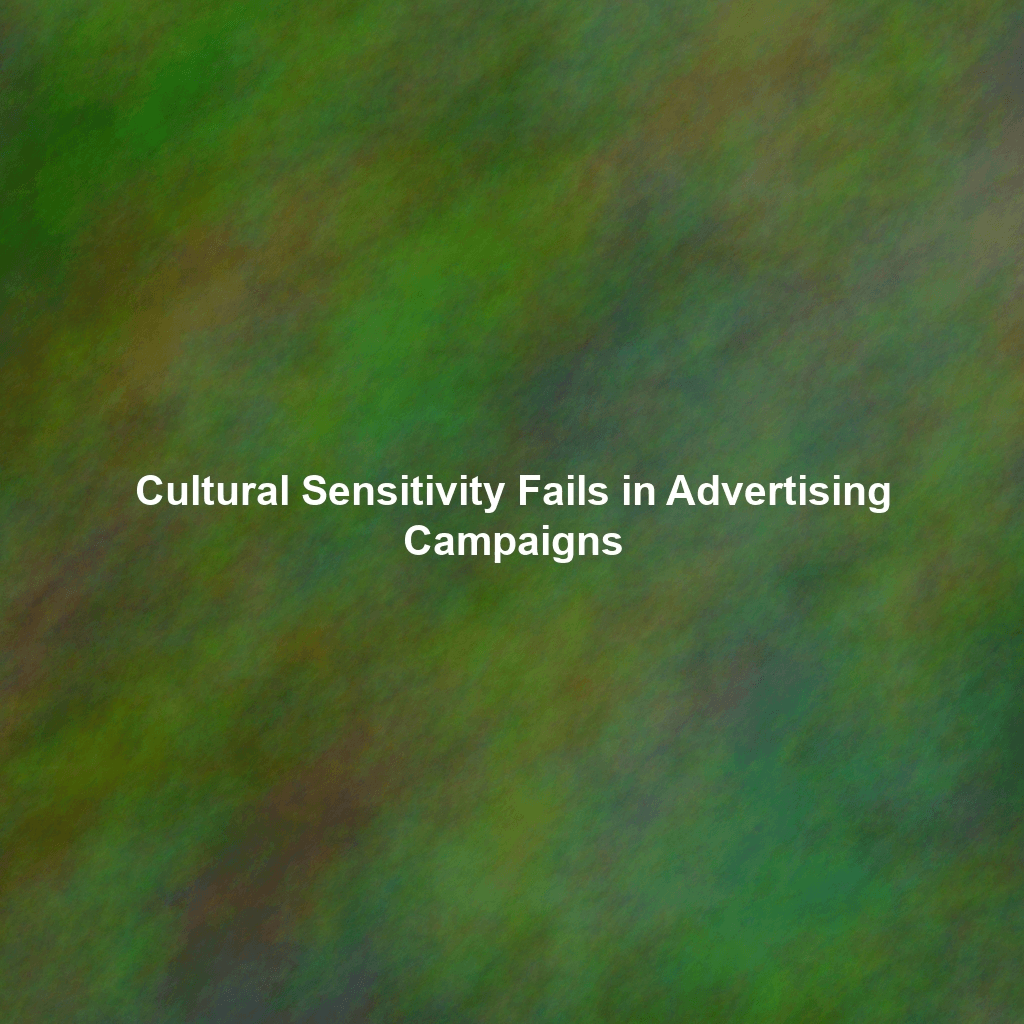The Danger of “Set It and Forget It” Campaigns
One of the biggest pitfalls in marketing is the “set it and forget it” mentality. This approach assumes that once a campaign is launched, it can run indefinitely without needing adjustments. Think of it as planting a garden and never watering it. Sure, some seeds might sprout, but you won’t get the full harvest you envisioned.
Why it fails: Consumer preferences change. Algorithms evolve. New competitors emerge. A campaign that resonated last month might fall flat this month. Static ads, un-updated landing pages, and stale social media content signal to your audience that you’re not engaged or paying attention.
The solution: Continuous monitoring and optimization are key. Track your campaign performance meticulously. Analyze the data to understand what’s working and what’s not. A/B test different ad creatives, landing page layouts, and targeting parameters. Stay agile and be prepared to pivot when necessary. Embrace marketing automation tools, but don’t rely on them entirely; human oversight is crucial.
Ignoring Mobile Optimization
In a world where smartphones are practically extensions of our hands, ignoring mobile optimization is akin to building a store with no front door. A clunky, non-responsive website or an app that crashes constantly will instantly turn away potential customers.
Why it fails: A significant portion of web traffic now comes from mobile devices. If your website isn’t mobile-friendly, you’re providing a poor user experience, which leads to higher bounce rates and lower conversion rates. Search engines also prioritize mobile-friendly websites in their rankings.
The solution: Invest in responsive website design that adapts seamlessly to different screen sizes. Ensure your website loads quickly on mobile devices. Optimize images and other media for mobile viewing. Create mobile-friendly email templates. Test your website and apps on various mobile devices to identify and fix any issues. Consider Accelerated Mobile Pages (AMP) for faster loading times.
Batch-and-Blast Email Marketing
Sending generic email blasts to your entire subscriber list is a relic of the past. This “batch-and-blast” approach treats all subscribers the same, regardless of their interests or engagement levels. It’s like shouting into a crowd hoping someone will listen.
Why it fails: People are bombarded with emails every day. Sending irrelevant or unwanted emails will likely result in unsubscribes and damage your sender reputation. Generic emails lack personalization and fail to resonate with individual subscribers.
The solution: Segment your email list based on demographics, interests, purchase history, and engagement levels. Craft personalized email messages that address the specific needs and preferences of each segment. Use marketing automation to trigger emails based on subscriber behavior, such as abandoned carts or website visits. Implement double opt-in to ensure subscribers genuinely want to receive your emails.
Over-Reliance on Traditional Advertising
While traditional advertising channels like TV, radio, and print still have their place, over-reliance on them can be a costly mistake. These channels often lack the targeting capabilities and measurement options of digital marketing channels. It’s like throwing a dartboard in the dark.
Why it fails: Traditional advertising can be expensive, and it’s often difficult to track the return on investment. Targeting options are limited, making it hard to reach your ideal customer. Consumers are increasingly turning to digital channels for information and entertainment.
The solution: Diversify your marketing efforts across multiple channels, including digital marketing. Use data analytics to identify the channels that are most effective for reaching your target audience. Invest in digital advertising platforms like Google Ads and social media advertising, which offer granular targeting options and detailed performance tracking.
Ignoring Social Listening and Engagement
Social media is more than just a platform for broadcasting your message. It’s a two-way conversation. Ignoring social listening and engagement is like talking at someone instead of talking with them.
Why it fails: Consumers use social media to share their opinions and experiences with brands. Ignoring these conversations means missing out on valuable feedback and opportunities to build relationships. Failing to respond to customer inquiries and complaints on social media can damage your reputation.
The solution: Actively monitor social media for mentions of your brand and industry. Use social listening tools to track brand sentiment and identify potential issues. Engage with your audience by responding to comments, answering questions, and participating in conversations. Use social media to provide customer support and resolve complaints promptly.
Neglecting SEO Best Practices
Search engine optimization (SEO) is essential for driving organic traffic to your website. Neglecting SEO best practices is like hiding your store in an unmarked alleyway.
Why it fails: Without SEO, your website will struggle to rank high in search engine results. This means potential customers will have difficulty finding you online. Poor SEO can also lead to a negative user experience, as visitors may struggle to navigate your website or find the information they’re looking for.
The solution: Conduct keyword research to identify the terms your target audience is searching for. Optimize your website content with relevant keywords. Build high-quality backlinks from reputable websites. Ensure your website is mobile-friendly and loads quickly. Monitor your website’s search engine rankings and make adjustments as needed. Invest in technical SEO to improve your website’s crawlability and indexability.
Content for Content’s Sake
Creating content simply for the sake of having content is a common trap. It’s like filling a museum with random objects that have no connection to each other.
Why it fails: Content that doesn’t provide value to your audience will be ignored. Creating low-quality or irrelevant content can damage your brand reputation. Without a clear content strategy, your content marketing efforts will lack focus and direction.
The solution: Develop a content strategy that aligns with your business goals and target audience. Focus on creating high-quality, informative, and engaging content that provides value to your audience. Use storytelling to connect with your audience on an emotional level. Promote your content across multiple channels to reach a wider audience. Measure the performance of your content and make adjustments based on the data.
Blindly Following Trends Without Understanding Your Audience
Jumping on every marketing trend without considering your audience’s preferences is a recipe for disaster. It’s like wearing the latest fashion trends even if they don’t suit your body type or personal style.
Why it fails: Trends come and go, but your target audience’s core needs and preferences remain relatively stable. Chasing every trend can dilute your brand identity and confuse your audience. Some trends may not be relevant to your industry or target market.
The solution: Stay informed about the latest marketing trends, but carefully evaluate whether they align with your business goals and target audience. Conduct market research to understand your audience’s preferences and behaviors. Focus on strategies that are proven to be effective for your industry. Adapt trends to fit your brand identity and target audience. Remember, authenticity is key.
Lack of Data-Driven Decision Making
Making marketing decisions based on gut feeling instead of data is like navigating a ship without a compass or radar. You might eventually reach your destination, but it’s going to be a long and perilous journey.
Why it fails: Marketing is becoming increasingly data-driven. Without data analytics, you’re essentially flying blind. You won’t know what’s working, what’s not, and how to improve your performance. Relying on gut feeling can lead to costly mistakes and missed opportunities.
The solution: Implement data analytics tools to track your marketing performance. Set clear goals and key performance indicators (KPIs). Analyze the data to identify patterns and trends. Use data to inform your marketing decisions. A/B test different strategies and tactics to optimize your results. Regularly review your data and make adjustments as needed.
Ignoring Accessibility
In today’s world, ignoring accessibility is not only unethical, it’s also bad for business. Creating a website or marketing campaign that isn’t accessible to people with disabilities is like putting up a “closed” sign for a significant portion of the population.
Why it fails: Millions of people have disabilities that affect their ability to access and use the web. Failing to provide accessible content and experiences can exclude these individuals and damage your brand reputation. Accessibility is also becoming an increasingly important ranking factor for search engines.
The solution: Follow accessibility guidelines such as the Web Content Accessibility Guidelines (WCAG). Use semantic HTML to create a well-structured website. Provide alternative text for images. Ensure your website is navigable using a keyboard. Use sufficient color contrast. Provide captions and transcripts for videos. Test your website with assistive technologies like screen readers.
The Path to Relevance: Adapt or Fade Away
The key takeaway is clear: staying relevant in today’s marketing landscape requires continuous adaptation and a willingness to embrace new technologies and strategies. By avoiding these common outdated practices and embracing a data-driven, customer-centric approach, you can avoid those “silly marketing mishaps” and position your brand for long-term success.
Remember, marketing is a marathon, not a sprint. Stay informed, be agile, and always put your audience first. By doing so, you’ll not only stay relevant but also thrive in the ever-changing world of marketing.
 Skip to content
Skip to content

